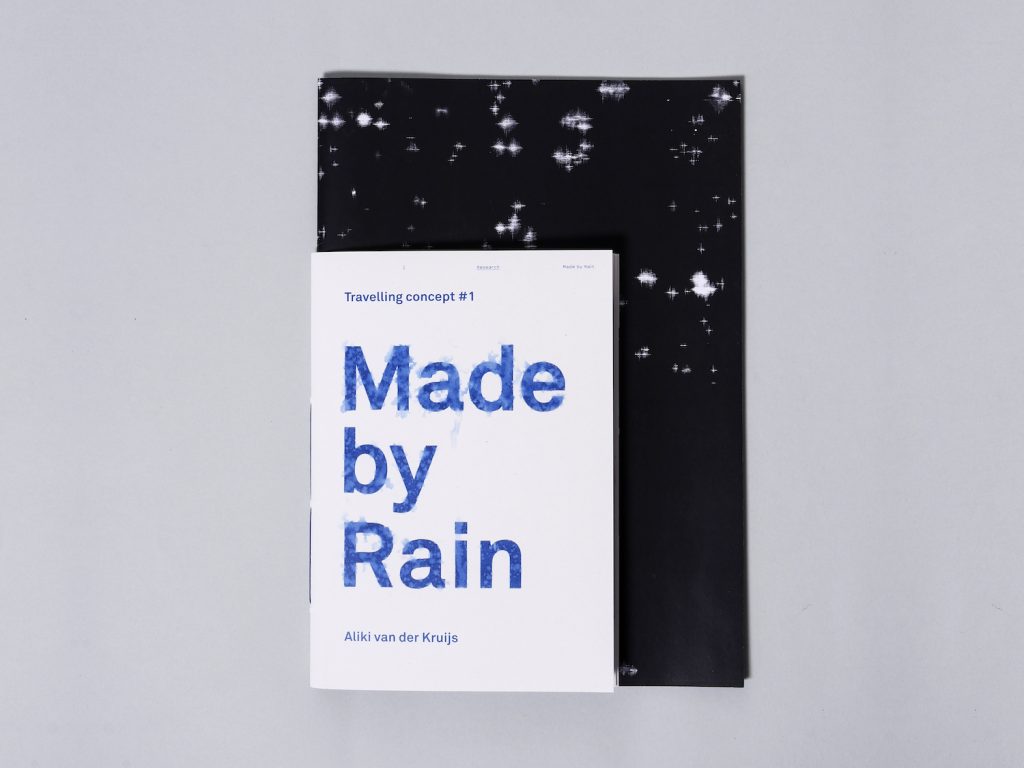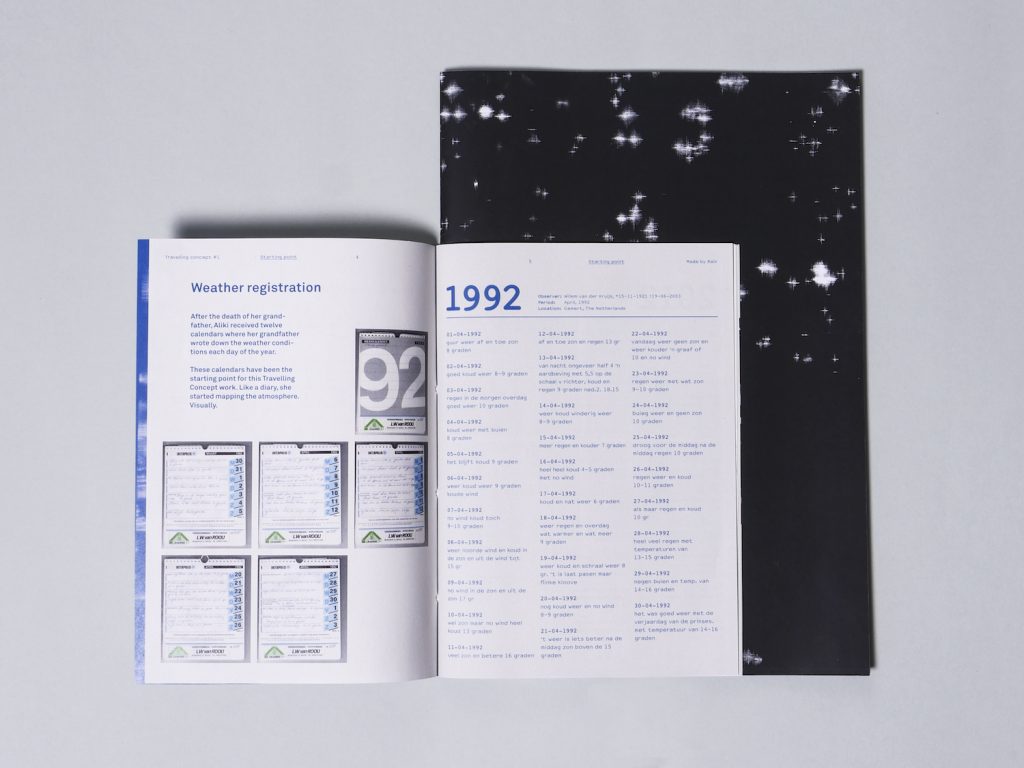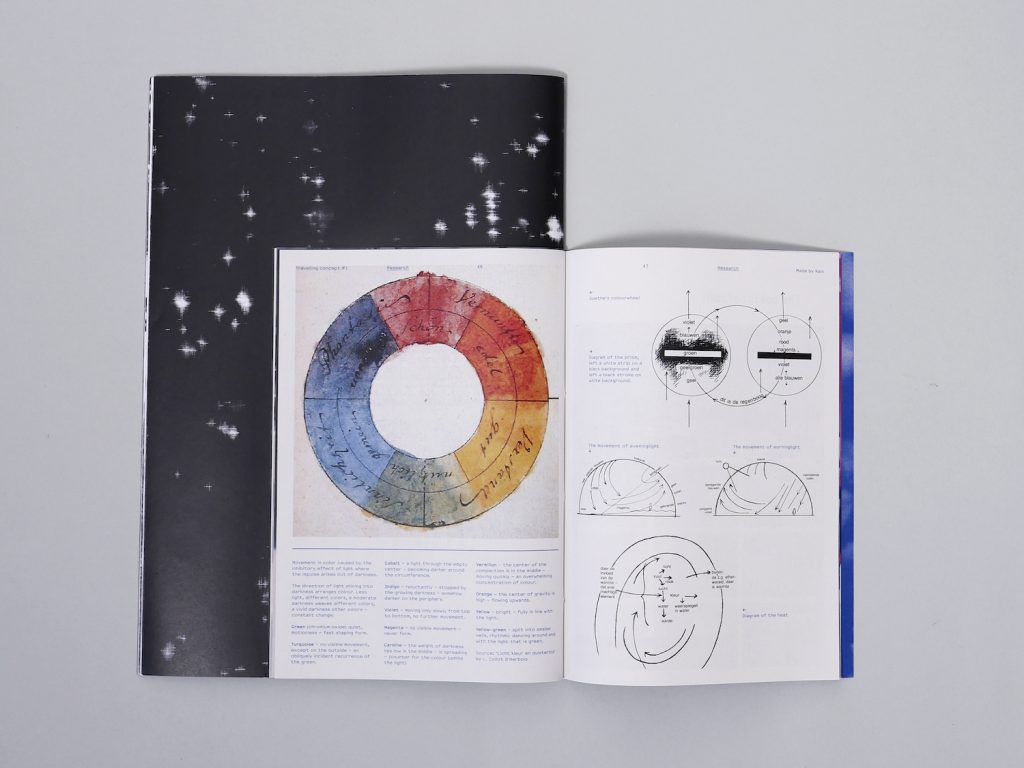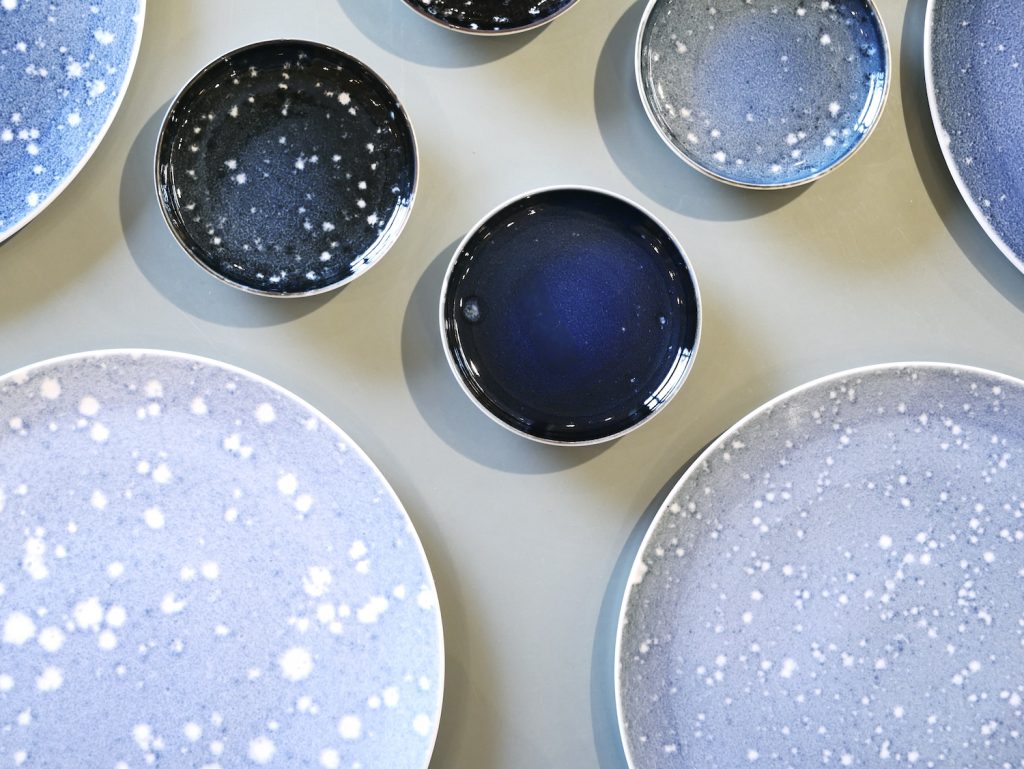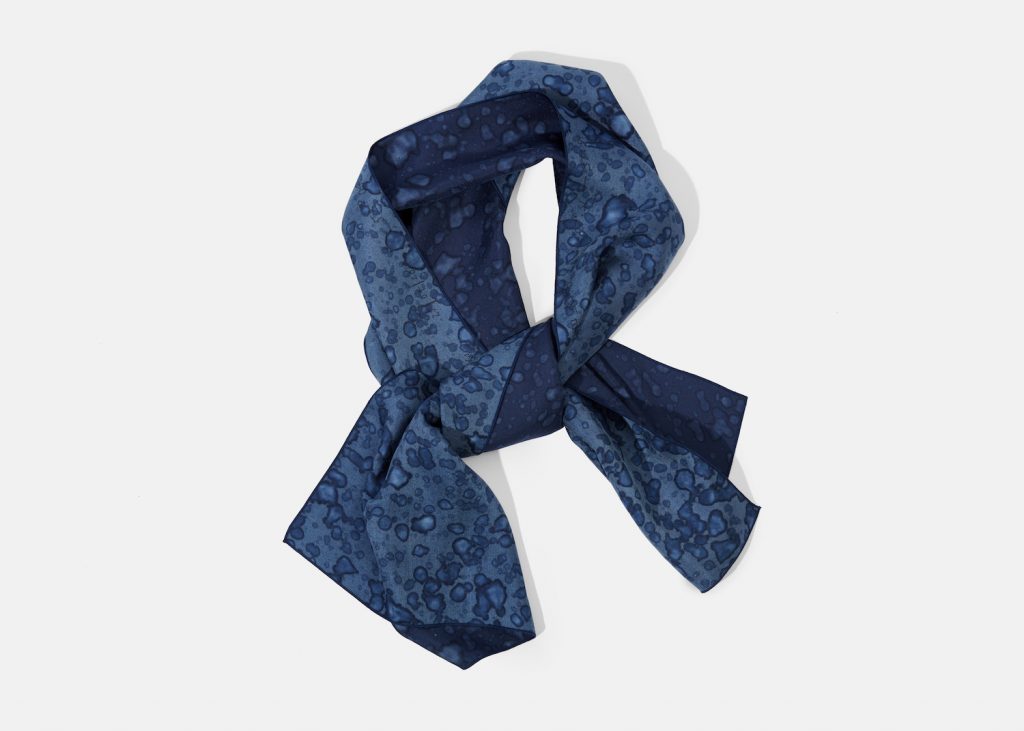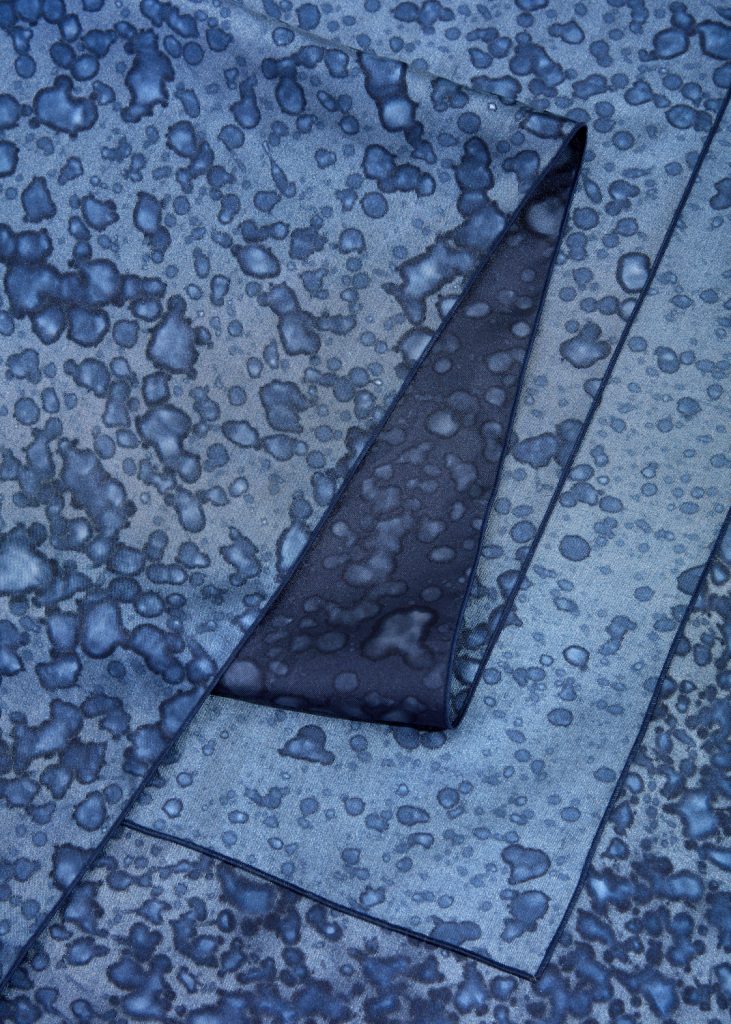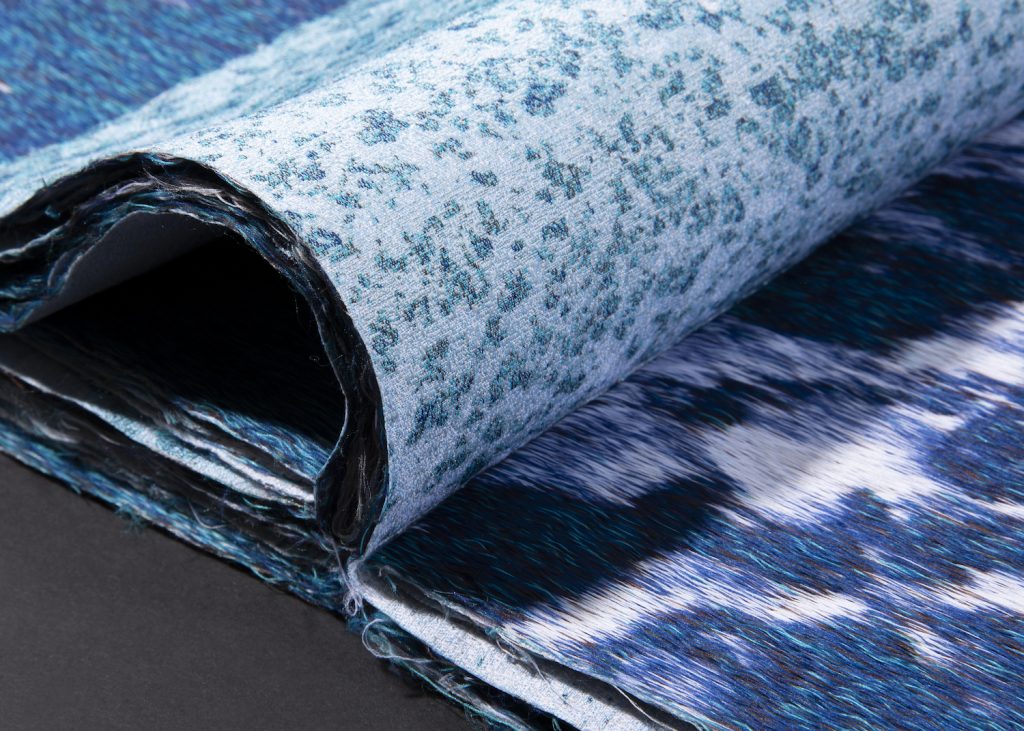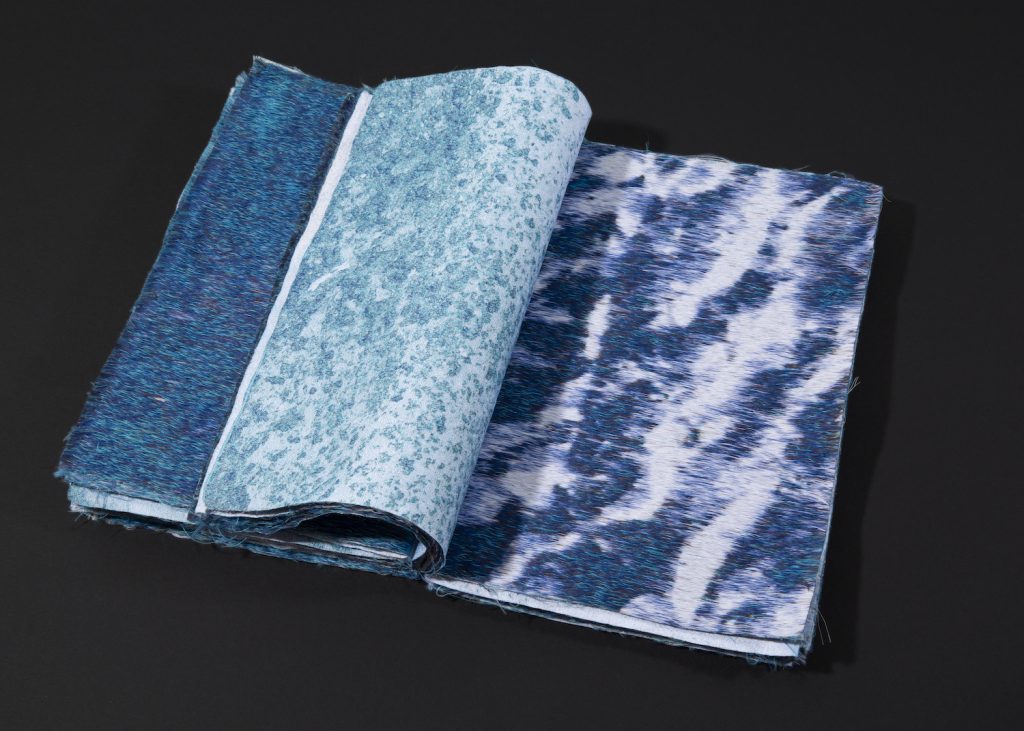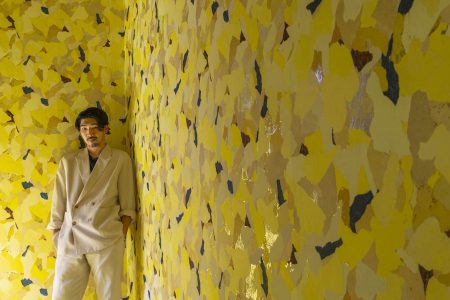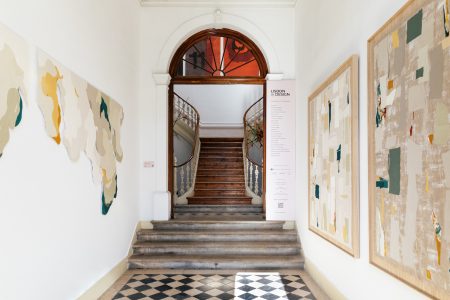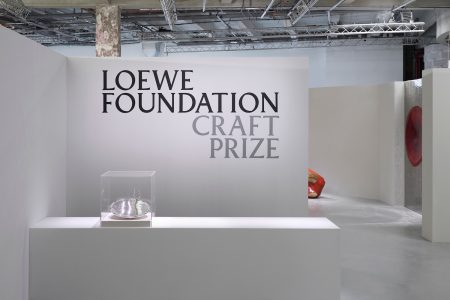Aliki van der Kruijs: Earthly Collaborations
Aliki van der Kruijs is a Dutch designer and researcher with a keen interest in the weather and geology, making a body of work, including textiles, ceramics and film, relational to time, place and landscape. This article originally appeared in our A/W 2022 issue: TLmag38: Origin.
For billions of years, the sun has glowed. For billions of years, water has flowed, evaporated, frozen, melted, pooled and puddled. For billions of years, rocks have rolled, compressed, shifted and crumbled into fine sand. And, for the past ten years, Dutch designer and researcher, Aliki van der Kruijs has devoted her attention to her deep “fascination for natural phenomena” and her desire to understand “how to make a record of the world in motion.”
Previously working in fashion, van der Kruijs set up her own studio in 2012, pivoting her practice away from a wasteful and environmentally damaging industry to focus on researching, experimenting with materials and using an array of mediums including textiles, ceramics, installations and films to tell stories about our ever-changing planet.
Made By Rain (2012-2022), her longest project to date, documents rainfall over ten years, storing its watery data in silk scarves. To create this library of rainfall, van der Kruijs uses a technique called ‘pluviagraphy’, which she developed specifically for this project. The designer exposes pieces of fabric, that have been treated with an ink-like film coating, to the rain for five-minute periods. The storms, showers, sprinkles or downpours, leave their marks on the fabric as the water reacts to the coating, creating liquidy white polka dots that dance a watery waltz against a sea of navy blue.
As the project’s title suggests, it relies on rain as a collaborator or co-artist. Van der Kruijs explains: “I came up with the procedure but I don’t think I make the work. The rain makes the pattern or articulates something. I am more directing a process.”
Aside from the beauty of the textiles, which can be worn or displayed like artworks, Made by Rain is a way to begin conversations about the dramatic change in rainfall patterns over the last 40 years. Earth’s rising temperature is causing more rainfall in some places and little to no rain in others. Both scenarios wreak their own forms of devastation – flooding and drought. By showing her visual dataset in galleries and letting people wear the rain, van der Kruijs hopes her audiences will begin to think more deeply about a weather phenomenon that we take for granted or, frequently, complain about, recognising its value as a vital resource.
In another investigation into water, van der Kruijs’ project Dear Jungfrau (2017) explores the millennia-spanning transformation of the mountainous Swiss Jungfrau-Aletsch region. Many millions of years ago, these mountains sat at the bottom of the ocean before being forced upwards by shifting tectonic plates, thus creating the Swiss Alps. Today, the glaciers on the mountain are changing back to their liquid state, trickling towards the sea as temperatures increase and melting occurs.
Undertaking a long period of study from afar before completing a four-day residency at the Jungfrau research facility and observatory, the designer says she “observed a lot”, intentionally focusing on the seemingly simple, but often underrated, act of noticing. “I observed tourists’ first impression of snow and made a movie about that.” She observed the friction between the worlds of science and tourism which unfolds in this unique setting. Her film, FOCUS, was made in part to observe the colours of the clouds passing over the glacier – and was inspired by the observatory’s staff research into the air quality that has been measured on a daily basis since 1972. And, finally, she spent a day slowly walking through the mountainscape taking photographs, paying close attention to the world around her.
This experience was transformed into a woven book, with which van der Kruijs says she, “wanted to make a soft articulation of this place.” The designer worked with a label-making company, whose industrial technique produces precise weaves on the front side of a textile and leaves horizontal threads on the backside which fall in unplanned linear and colour patterns. As a result, the back of each page of the book has a randomly-generated thread artwork that van der Kruijs compares to “seascapes or underwater scenes.” Paging through the book, the changes of water, from ice to liquid and back, over deep time is mirrored in the format. “In this book, you constantly flip between past, present and future.”
Van der Kruijs’ endeavour to document the ephemeral aspects of nature could be likened to taking a photograph – freezing something forever, catching something in motion in order to study it, to understand it, to remain close to it. She believes that “aesthetics can bring you closer to something because you are drawn to things if they are appealing or tactile,” and she uses her aesthetic sensibility to bring us closer to nature – a closeness that we urgently need at a time of climate crisis. Her broad body of work shows us that in getting to know our planet better, we can respect and value it, acknowledging the changes it has undergone and borne witness to. By observing and deliberately forging a relationship with nature by becoming its collaborator, we can remain close to our world as it transforms at an increasingly rapid pace.
@alikivanderkruijs
All photos courtesy of the Artist.
